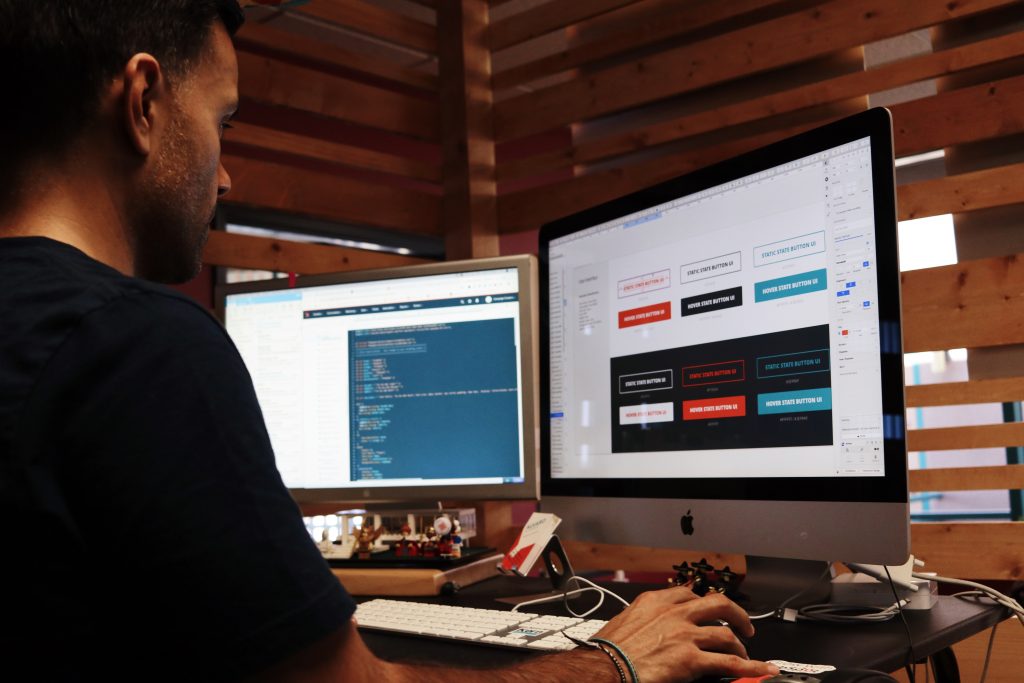7 Most Important Elements Every Startup Website Should Have
Although it’s pretty common to hear that the most important things a site should have are good web design and usability, there is much more to consider.
Many businesses are focused on generating traffic to their sites, investing in marketing campaigns, sending cold emails, etc., but this is technically useless if people come to your site and leave without buying anything.
Worse, they don’t sign up for your service or even subscribe to your email list. Users who don’t spend enough time on your site increase bounce rates, eventually hurting your SEO rankings.
Here are the essential elements your site needs to have to avoid shooing away your visitors:
1. A clear value proposition
First off, you need to have a clear value proposition. Your value proposition will tell your prospective customers why they should do business with you instead of your competitors.
Ensure you engage and capture your audience’s attention at the first couple of seconds they land on your site. If they see your unique selling proposition and like it, they’ll be inclined to explore your site more.
2. Good website design
At Sytian Productions philippines web designer – “we always tell clients that at the end of the day, it’s not just about having an aesthetic site. The goal here is to guide your visitors and allow them to understand what your value proposition is fully”.
So, this includes not just aesthetics but your site navigation and structure as well. In the same way, 75% of site visitors base the credibility and trust of a site on a good design. So, creating an excellent first impression is vital for everything else on your site to work.
3. User-friendly navigation
Is your navigation menu easy for visitors to locate? Did you include logical categories that make it simple for users to find the information they want? Do you know that poor site navigation is the No. 1 reason people abandon a site?
You must consider how to structure your navigation menu and its categories best. Usually, it should contain some of the most common questions new customers might ask:
- What broad types of items and services are you selling?
- How much do these products and services cost?
- Where is your business located, and what are its operation hours?
- How do your customers buy your products and services, and what other payment methods are you accepting?
Usually, clean navigation uses logical sequencing and titles. This lets your customers quickly identify the parts of your site they want to visit.
4. A clear call to action
A call to action (CTA) is usually a button, link, or image visitors need to click to become paying customers. For ecommerce sites, it is usually the add to cart or checkout button. Meanwhile, for service sites, it’s usually the sign-up for the service.
Usually, this model is different for start-ups in the early stages and blogs, wherein the CTA is a subscription on the mailing list. Your CTA should be identified clearly and in other parts of your site.
Using different colors in your CTAs also helps. For instance, you can use a green color that creates an excellent contrast with the blue on your site.
5. Social proof
Usually, users look for one factor in a start-up site: whether it’s credible or not. That’s why building customer trust is important. A lot of new businesses might need help with this. If you have company awards, milestones, testimonials, etc., you can use these kinds of social proof to your advantage.
Make sure that you showcase your social proof on your homepage to boost your brand’s trustworthiness.
6. Contact Us Page
Your site must also have a page that will tell visitors how you can connect with them. Your site pages should have the name of your business and your email and phone numbers prominently listed there.
On the other hand, your Contact Us page is usually different because it strictly focuses on how people can connect with you. You can add an email form they could fill out, use it to highlight your most important contact information engagingly, and then add all your social media links.
7. A Blog
Finally, if you want to bring in new site visitors and connect with them uniquely and meaningfully, start your own blog.
Here are some blog ideas and topics that you can write about:
- Some inside tips that you feel your customers can use.
- Answering their frequently asked questions regarding your products or services.
- You can also recommend other vendors that might complement your offerings.
- Product or service launch
- The current happenings in your business.
In reality, blogging can be anything you want to share with your visitors, which prompts them to share with their friends and family. It’s worth noting that blogging might take a little of your investment.
Final Thoughts
So there you have it. These are the most essential elements a startup site should have to ensure optimal function. A website is one of the most affordable and effective ways to expand your online reach and reach out to your prospects and customers. You need these elements to have a positive impression.
So, ensure you incorporate these essential elements in your site to steadily build an online presence that brings in more people to your business, no matter where they’re from. Remember, you also need to connect with your visitors, and you’re not just selling your business. Good luck!

